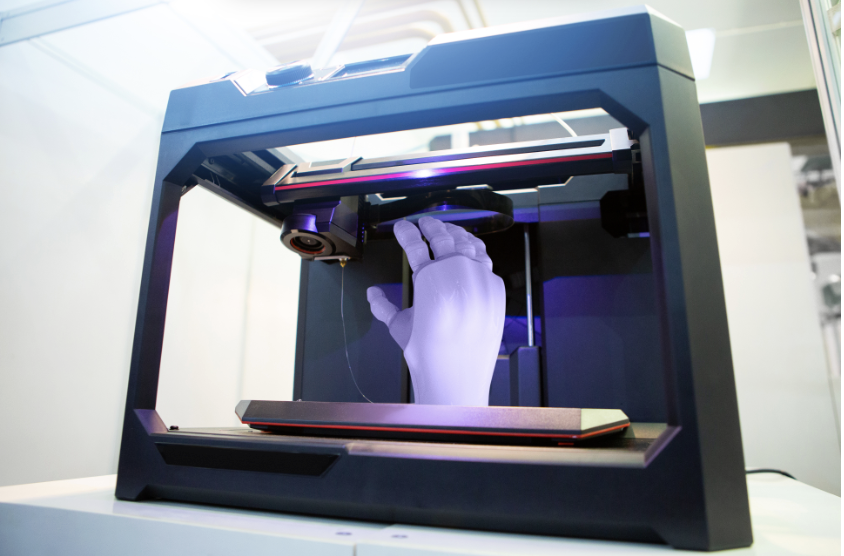Writing: Opinion Essay
Write an essay expressing an opinion on the following topic: (Open Response / 100)
Does homework improve learning?
Be sure to include the following:
- an introduction, supporting body paragraphs and a conclusion.
- relevant reasons, examples and facts to support your opinion.
- a clear explanation of your arguments.
Reading Selection

1Olivia slumped forlornly before a computer in the school guidance office. She glared at her course selection sheet, until Anton sat down beside her.
2"Hi, Anton. I haven't seen you around lately."
3"I've been off-site doing a four-credit co-op placement at Morrison Electrical," Anton explained.
4Olivia straightened up. "Do you like it?"
5"I'm learning so much working on that new hotel—following the wiring layout, setting the switch boxes, running the wire. Mr. Morrison is really patient and knowledgeable." He glanced at the screen. "Planning your future?"
6Olivia slouched back in her chair. "So many of these Grade 11 courses seem irrelevant. When will I use them? Besides, I don't want to sit all day—I want to do something."
7"Like what?"
8"Well, my favourite class is transportation," said Olivia. "I'm thinking of getting into auto body repair. Our careers teacher told us that skilled trades will make up 40 percent of new jobs in the next two decades."
9"In that case, you should consider co-op courses and apply for OYAP, the Ontario Youth Apprenticeship Program. Even before graduation, you could start accumulating hours to become certified in auto body repair. Why don't you research it?"
10Olivia clicked her way to the OYAP admission requirements. "I need to be 16 and have 16 credits. That's no problem."
11She delved deeper. "Look at all the potential apprenticeships—carpentry, welding, early childhood education, horse grooming!"
12"To get my electrician certification, I need 9000 hours of on-the-job and in-class training," said Anton. "What does auto body repair require?"
13"It says 7200. I'd better get started. Where do I sign up?"
Questions
1. What two things do the verbs in paragraph 1 suggest about Olivia? (2)
Choose your TWO suggestions.
| She is curious. | |
| She is excited. | |
| She is frustrated. | |
| She is discouraged. |
2. What does the dash in paragraph 5 introduce? (1)
3. Which word is closest in meaning to "irrelevant" as used in paragraph 6? (1)
"So many of these Grade 11 courses seem irrelevant."
4. Why does Olivia state that "skilled trades will make up 40 percent of new jobs" (paragraph 8)? (1)
5. Organize the following events in the order in which they actually happened. (3)
Drag and drop your answer choices into the correct boxes.
Writing: Language Conventions
1. Which sentence is written correctly? (1)
2. Choose the word that best completes the sentence below. (1)
The Laurentian mountains in Quebec have ______ skiing and hiking throughout the winter months.
3. Which word best completes the sentence below? (1)
The chicken adobo is different ______ the one we had last time.
4. Which options best complete the sentence below? (2)
Choose the answers from the drop-down menus.
"Where do you want to go next asked her brother We need to have a plan."
5. Choose the options that best complete the sentence. (2)
Drag and drop your answer choices into the correct boxes.
to see the new movie, they bought the video game.
6. Choose the options that best complete the sentence. (3)
Drag and drop your answer choices into the correct boxes.
Nina, who is , still found time to join .
7. Choose the options that best complete the sentence. (2)
Drag and drop your answer choices into the correct boxes.
The diner offered popcorn tortilla chips with another snack in the daily special.
Reading Selection
burns and joint replacements into less painful procedures. Researchers in Canada have
pioneered projects that use 3-D printers to produce artificial bone and soft tissue that
closely resembles human skin. Instead of ink, the devices use chemical compounds to print
3-D models. Joints consist of two parts: bone and cartilage. Damaged bone has traditionally
been replaced by metal or plastic prosthetic parts. However, these materials wear out over
time, leading to renewed pain. Dr. Rita Kandel, of Toronto’s Mount Sinai Hospital, and
her research team have found a way to print 3-D bone replacements using a combination of
calcium and phosphates that has many of the same properties as the human skeleton.
These porous and biodegradable bone substitutes are used as the support structures for
replacement cartilage that has been grown from patients’ own stem cells—those that divide
to make more cells. The 3-D–printed parts dissolve over time as the patient’s natural bone
regrows. Another research group, led by University of Toronto graduate students, has
developed a 3-D printer that combines stem cells or other genetic matter with calcium
chloride to produce a soft skin-like tissue that can be adjusted to different thicknesses and
textures. This technology is aimed primarily at patients suffering from serious burns. It can
help to reduce the need for painful skin grafts. Innovative technology such as the 3-D
printer certainly has the potential to change medical outcomes for patients facing
traditionally painful treatments.

Adapted from “Canadian 3D printing work looks to the past and future” by Michelle McQuigge, published in The Canadian Press, October 22, 2013. Reprinted with permission.
Questions
1. What does the 3-D printer use instead of ink to produce bone replacements? (1)
2. Which word or words are closest in meaning to "prosthetic" as used in line 6? (1)
"Damaged bone has traditionally been replaced by metal or plastic prosthetic parts."
3. What is the purpose of the dash in line 11? (1)
4. Which are contrasted in the reading selection? (1)
5. Identify which TWO of the following items are examples of a 3-D model. (2)
Choose TWO items.
| Items | |
|---|---|
| drawing | |
| sculpture | |
| blueprint | |
| artificial limb |
6. Identify which one of the following statements is the main idea and which two provide details to support the main idea. (3)
Drag and drop THREE answer choices into the correct boxes.